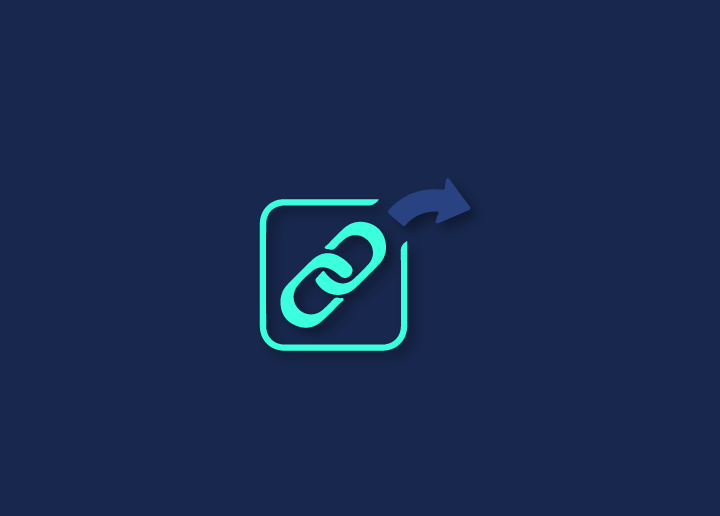What is Google Search Console?
As defined by Hubspot, Google Search Console is a free platform for anyone with a website to monitor how Google views their site and to optimize its organic presence.
This dynamic service essentially allows you, as a website owner, to get a sneak peek behind the search engine curtain. With GSC, you can understand exactly how visitors are finding and interacting with your site, with valuable metrics and information collected by Google all in one convenient dashboard.
Why use Google Search Console?
In today’s quality-content-driven internet era, most of us understand the importance of search engine rankings and being on the coveted first page.
However, the awesome thing about search engine optimization is that, unlike your business’s competitors or quarterly profits, your rankings are something you can control. By understanding SEO-related metrics and where your site stands, you can directly shape the reach and success of your website just by fine-tuning your content in ways that Google likes. With the help of Google Search Console data, you got this!
How to Get Started?
Add your site
Simply sign into your Google account, go to Google Webmaster Tools, and select “add a property”.
Verify your site
The information that GSC provides about your site is pretty confidential, so it’s important to verify that you are the site’s owner. Here are some different ways to verify ownership.
Specify your preferred domain
It’s important to let GSC know what your preferred domain is. Otherwise, it could treat URLs that are displayed differently but link to the same site – seahawkmedia.com vs. www.seahawkmedia.com, for example – as two completely different sites, making the data it provides incomplete.
Assign roles to your team
There are two different role-types in GSC. The first is an owner, or a person who has total control and can access all the functionalities of GSC, as well as add/remove other users. The second is a user, a person who can see all data and possibly take some actions but cannot add/remove other users. It is important to be selective here and only provide access to those members who absolutely need it.
Submit a site map
This step is optional, but is helpful in ensuring all of your site’s pages can be found by Google. You should especially consider doing so if your site is new, very large, or has pages with few inbound links. The GSC site maps tool can be helpful here.
A Glossary of Google Search Console Metrics
Navigating your site’s Google Search Console data should be super simple, as long as you understand the following terms.
- Google Search Console query – a search term that generated impressions of your site page on a Google SERP (search engine results page).
- Impression – every time a link URL appears in a search result (whether or not the user scrolls down to actually view it).
- Click – whenever a user selects a link that takes them outside of Google Search. (more on this here)
- The average position is the mean ranking of your page(s) for a query or query.
- CTR – click-through rate, essentially, the ratio of clicks to impressions.
How to Use Google Search Console Effectively
Here are three ways to make the most out of the data provided by Google Search Console.
- Find out what keywords your site/content ranks for.
When it comes to managing your site’s SEO, this is the first step to success. Simply access your “Performance” report within Google Search Console and select the “Queries” tab to see all of the search terms your site shows up in the search results for, both sitewide and page-by-page. - Identify crawl errors and unindexable pages.
When developing your site, it’s easy to overlook things. However, you no longer have to inspect your site’s source code for errors – Google Search Console logs them for you! Simply access your “Coverage” report and select “Error” and “Valid with warnings” to see which pages have errors or aren’t indexed, as well as why this is the case. - Make sure your pages are mobile-friendly.
Google now uses the mobile version of a page for indexing and ranking, so it’s imperative that all of your pages are smartphone-friendly. GSC can help you with its “Mobile Usability” report feature. This tells you which pages are mobile unfriendly and what specifically needs to be fixed.
Conclusion
No matter how brilliant your website is, optimizing its search engine performance starts with having access to the correct data.
Google Search Console is a beneficial and versatile tool that genuinely takes the guesswork out of SEO, helping you bring your site right to the top.


















